Yes, Lays and Walkers are fundamentally the same company. Both have been owned by PepsiCo's Frito-Lay division since 1989. However, these brands maintain distinct identities, flavours, and packaging tailored to their regional markets.
Suppose you've ever wondered why your favourite Prawn Cocktail crisps disappear when you cross the Atlantic, or why those American chips taste different from British Walkers. In that case, there's a fascinating business story behind these parallel brands that started on opposite sides of the world.
The relationship between these two crisp giants isn't just about different names on similar packets. It's a tale of two entrepreneurial ventures that began decades apart; one born from post-war British rationing, the other from American entrepreneurial spirit during the Great Depression.
Today, PepsiCo maintains seven different brand names for essentially the same product worldwide, including Smith's in Australia, Sabritas in Mexico, and Chipsy in Egypt. This strategy of keeping local brand names after acquisitions has helped PepsiCo dominate global snack markets while preserving the cultural connections that make each brand special to its home market.
The Surprising Origins of Two Crisp Empires
Interactive Element: The Journey of Walkers & Lays (Timeline)
Walkers' journey from a Leicester butcher shop to a crisp empire began in 1948, when meat rationing forced Henry Walker to think creatively. (Source: Pukaar Magazine) The former butcher started hand-slicing potatoes and frying them in a fish fryer, selling the first bags for threepence with salt already sprinkled on top; a revolutionary move for the time, when crisps typically came with a separate blue salt sachet. By 1954, Walkers had invented their best-selling Cheese and Onion flavour, inspired by the traditional ploughman's lunch, establishing a uniquely British taste that endures today.
Meanwhile, across the Atlantic, Herman Lay's story reads like the American dream. Starting at the age of eleven, selling Pepsi from his front garden, Lay began distributing potato chips from his car boot in 1931, during the Great Depression. (Source: ThoughtCo)
By 1938, he'd borrowed money to purchase his employer's company, forming H.W. Lay & Company. His real genius? Becoming the first snack company to advertise on television in 1944, introducing "Oscar the Happy Potato" and pioneering the famous slogan "betcha can't eat just one" in 1961.
The paths of these two companies converged through corporate evolution. Lay's merged with the Frito Company in 1961 to form Frito-Lay, which then joined Pepsi-Cola in 1965 to create PepsiCo.
Walkers remained independent until 1970, when the Walker family sold to Standard Brands, marking the beginning of a series of ownership changes that culminated in PepsiCo's £900 million acquisition in 1989. (Source: Zippia) Rather than rebrand the established British favourite, PepsiCo made the strategic decision to maintain the Walkers name, recognising its 41 years of brand recognition in the UK market.
Why Your Favourite Flavours Vanish at The Border
The most striking difference between Walkers and Lays lies in their flavour profiles, revealing deep cultural preferences in snacking habits. Walkers offers distinctly British tastes that simply don't exist in international Lays markets; Prawn Cocktail, reflecting the 1970s starter craze; Roast Chicken, mimicking Sunday dinners; and Smoky Bacon, a breakfast favourite. These flavours emerged from British culinary traditions and remain exclusive to the UK and Irish markets.
Even shared flavours come with surprising twists. Walkers packages Salt & Vinegar in green bags and Cheese & Onion in blue, exactly opposite to international colour coding. This seemingly minor detail confuses both British tourists abroad and visitors to the UK. The Leicester factory produces over 11 million bags daily, utilising 800 tonnes of British potatoes, which highlights the local sourcing that shapes the distinctive taste UK consumers expect.
International Lays markets showcase entirely different flavour adventures. Asian markets feature Wasabi Ginger, Seaweed, and Green Tea varieties. North American shelves stock Dill Pickle, All Dressed, and various regional specialities. European Lays offers Paprika in Germany and Oregano in Greece. These aren't random choices, but carefully researched preferences. 73% of consumers say that culturally relevant experiences influence their purchasing decisions, making local flavour development essential for market success.
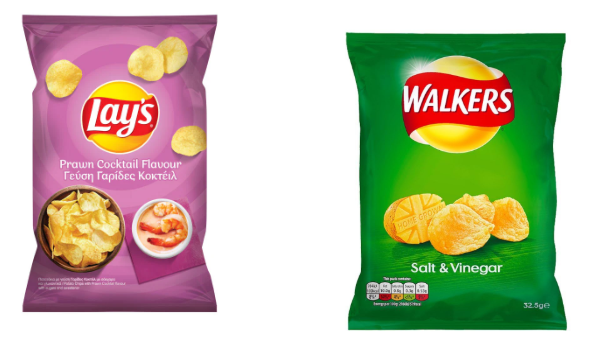
Corporate Strategy Meets Cultural Identity
PepsiCo's decision to maintain separate brand names across regions represents a sophisticated international business strategy rather than corporate confusion. The company uses different names for the same basic product in multiple markets: Walkers in the UK and Ireland, Smith's in Australia, Sabritas in Mexico, Chipsy in Egypt, and Tapuchips in Israel. Each brand maintains the iconic yellow sun with red ribbon logo, creating visual consistency whilst preserving local identity.
The business logic proves compelling. Research from Harvard Business School shows that brands "define and convey aspects of ourselves, our national identity, and the groups that we desire to belong to." When PepsiCo acquired Walkers, the brand held approximately one-third of the UK crisp market. (Source: Walkers) Rebranding to Lays would have risked alienating loyal customers who'd grown up with Walkers as part of British culture. Studies indicate that forced standardisation often reduces brand effectiveness in developed markets. (Source: Research Gate)
Language and pronunciation also influence naming decisions. PepsiCo executives considered "Walkers" difficult for non-native English speakers to pronounce due to the combination of W, K, and R sounds, making "Lay's" more suitable for international markets. This linguistic consideration, combined with existing trademark registrations and market positioning, led to the current patchwork of regional brands under single corporate ownership.
Manufacturing Secrets Behind The Crisp Divide
The Leicester Walkers factory stands as the world's largest crisp production facility, transforming tonnes of British potatoes into millions of bags daily through a remarkably efficient 30-minute production cycle. Since 1948, Walkers has used nitrogen-filled packaging to maintain freshness, later switching to foil bags, which have become synonymous with the brand. The company's £58 million investment in 2023, its most significant UK investment in 25 years, added 11,000 tonnes of annual production capacity. (Source: Grocery Gazette)
Recipe differences extend beyond flavouring. Walkers switched to SunSeed oil in 2006 for health reasons, whilst US Lays uses various combinations of sunflower, corn, and canola oil. EU regulations restrict certain artificial additives permitted in American products, meaning Walkers contains fewer artificial preservatives and colours. These regulatory differences, combined with oil variations and local potato sourcing, create subtle but noticeable taste and texture differences that frequent travellers often detect.
Manufacturing locations also differ significantly. Whilst Walkers concentrates production in Leicester and Coventry, Lays operates over 30+ facilities in North America & Canada alone, with additional plants across Europe, Asia, and Latin America. This distributed manufacturing model allows for regional customisation whilst maintaining economies of scale. Each facility adapts recipes to local tastes; Asian plants might use different spice blends, whilst European facilities adjust salt levels to regional preferences.
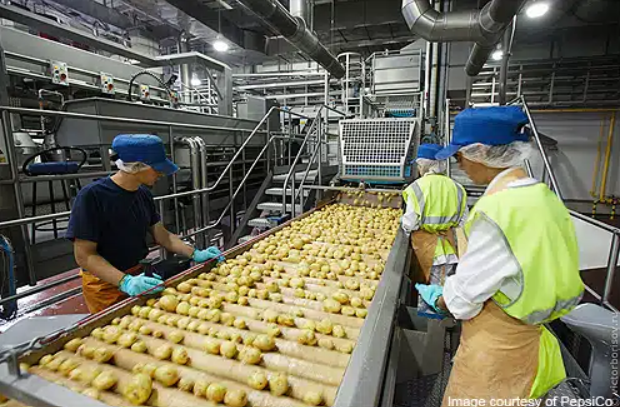
Gary Lineker VS Global Celebrities
Marketing strategies reveal the starkest contrast between these sibling brands. Gary Lineker has been the face of Walkers since 1995, establishing an unprecedented 30-year partnership that has become an integral part of British popular culture. His self-deprecating humour and football heritage resonate perfectly with UK audiences, from early adverts where people steal his crisps to recent campaigns emphasising British ingredients.
Lays takes an entirely different approach, employing regional celebrities and adapting campaigns to local cultures. The brand has featured Lionel Messi for Champions League tie-ups, various Bollywood stars in India, and local sports heroes in different markets. Their "Do Us a Flavour" contests, where consumers submit flavour ideas, adapt to regional tastes, resulting in creations like "Biscuits & Gravy" in America and "Butter Chicken" in India.
The cultural authenticity of these approaches proves crucial for success. Nielsen research shows 82% of consumers are more likely to purchase from brands that share their values. (Source: Consumer Goods Technology) Walkers' consistent British identity, reinforced through Lineker's longstanding presence and locally-focused campaigns, creates emotional connections that transcend mere snack purchases. Meanwhile, Lays' flexible global approach allows for cultural customisation that feels authentic rather than forced.
The Future of Regional Brands in a Global World
PepsiCo's multi-brand strategy offers valuable lessons about the limits of globalisation. Rather than forcing worldwide standardisation, the company's "glocalisation" approach balances global operational efficiency with local market relevance. This philosophy extends beyond crisps - the company maintains different names for the same ice cream brand (Wall's in the UK, Streets in Australia), demonstrating consistent strategic thinking.
Market performance validates this approach. Despite increasing competition, Walkers maintains a 24% share of the British crisp market as of 2024, while Lays dominates numerous international markets. (Source: Wikipedia) The combined revenue of PepsiCo's snack division exceeded $90 billion in recent reports, with each major brand generating over $1 billion in annual sales. (Source: PepsiCo) This success stems from recognising that authentic local connections often matter more than worldwide brand consistency.
For UK consumers, understanding this relationship answers practical questions about international snacking. Don't expect to find Prawn Cocktail crisps in American supermarkets, and those green packets of Lays you spot abroad contain Sour Cream & Onion, not Salt & Vinegar. The foil packets that keep British crisps fresh give way to plastic packaging internationally, and yes, they really do taste different; it's not your imagination but the result of other oils, regulations, and manufacturing processes creating distinct products for distinct markets.
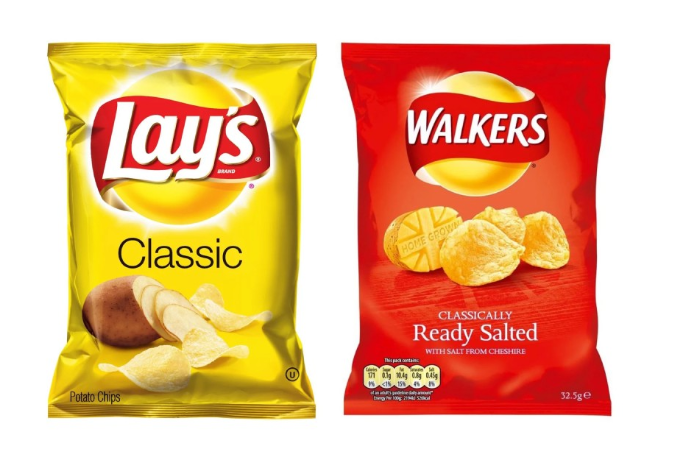
In The End
Are Lays and Walkers the same? Technically, both brands belong to PepsiCo's Frito-Lay division, share similar logos, and use comparable basic processes to produce potato crisps. But this corporate connection tells only part of the story. Walkers remains distinctly British, from its Leicester roots and Royal Warrant to Gary Lineker's enduring presence and uniquely British flavours. These differences aren't accidents, but deliberate strategies that recognise that food brands connect deeply with cultural identity.
The success of maintaining separate regional identities whilst leveraging global scale represents sophisticated brand management that respects local preferences over operational simplicity. For British consumers, Walkers isn't just another crisp brand, but part of national culture, from school lunchboxes to pub snacks and football match traditions. That cultural connection, built over 76 years and carefully preserved through corporate changes, explains why your favourite crisps change names at the border whilst remaining fundamentally, wonderfully, culturally distinct.
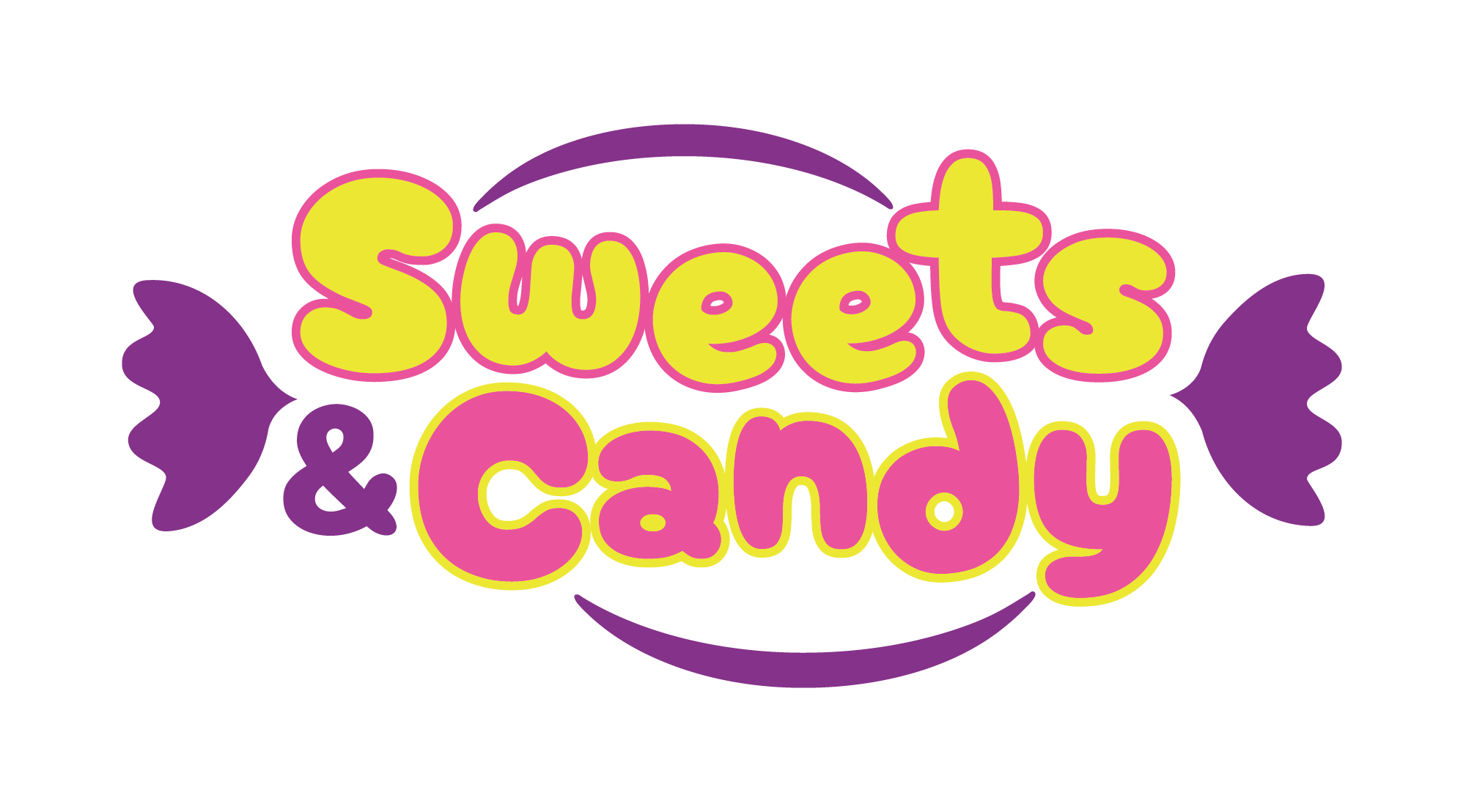
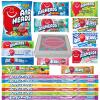


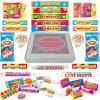

Leave A Comment